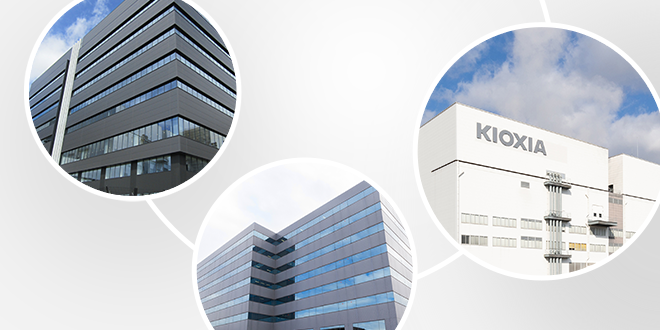Please select your location and preferred language where available.
Fabrication of Dual Damascene structure with Nanoimprint lithography and Dry-etching
April 26, 2023
UV Nanoimprint lithography (NIL) is a patterning method in which a patterned template is pressed over resist on followed by curing the resist with UV light, and then releasing the template (Fig.1). It can fabricate fine patterns and has various advantages such as high resolution, high pattern fidelity, and unique capability of forming 3D shapes. In particular, cost benefit is expected to be high in the formation of 3D shapes, as patterning can be completed in fewer process steps than that with optical lithography (Fig.2). Therefore, we investigated fabrication of 3D dual-damascene structures having sizes smaller than L/S=50/50 nm using NIL and dry-etching.


While 3D dual-damascene structures can be formed easily on the resist using NIL, the pattern transfer process is difficult because the holes and trenches are etched together using single resist mask, and thus the CD shift and etching mask consumption tends to be large. Moreover, while a thicker resist is desirable for the etching process, a thicker resist tends to cause defects in the NIL process, making it difficult to achieve best performances in both processes (Fig.3).

To overcome these issues, we optimized the template structure, NIL conditions, and etching conditions using high etching resistance resist.
As a result, defect density was reduced during NIL (Fig.4), and the 3D shape of the template could be well replicated to the resist (Fig.5). In addition, CD shift and etching mask consumption was suppressed during etching (Fig.6), and a dual-damascene structure with L/S=4X/4Xnm was well transferred over the entire wafer (Fig.7).




These results demonstrate that dual-damascene resist structure formed by NIL can be transferred by simultaneous etching of holes and trenches, and NIL can be a strong candidate for low-cost next-generation lithography for forming 3D shapes.
Reference
[1] N. Takeuchi et al., “Fabrication of Dual Damascene structure with Nanoimprint lithography and Dry-etching”, SPIE Advanced Lithography + Patterning 2023, 26 February - 2 March 2023.

